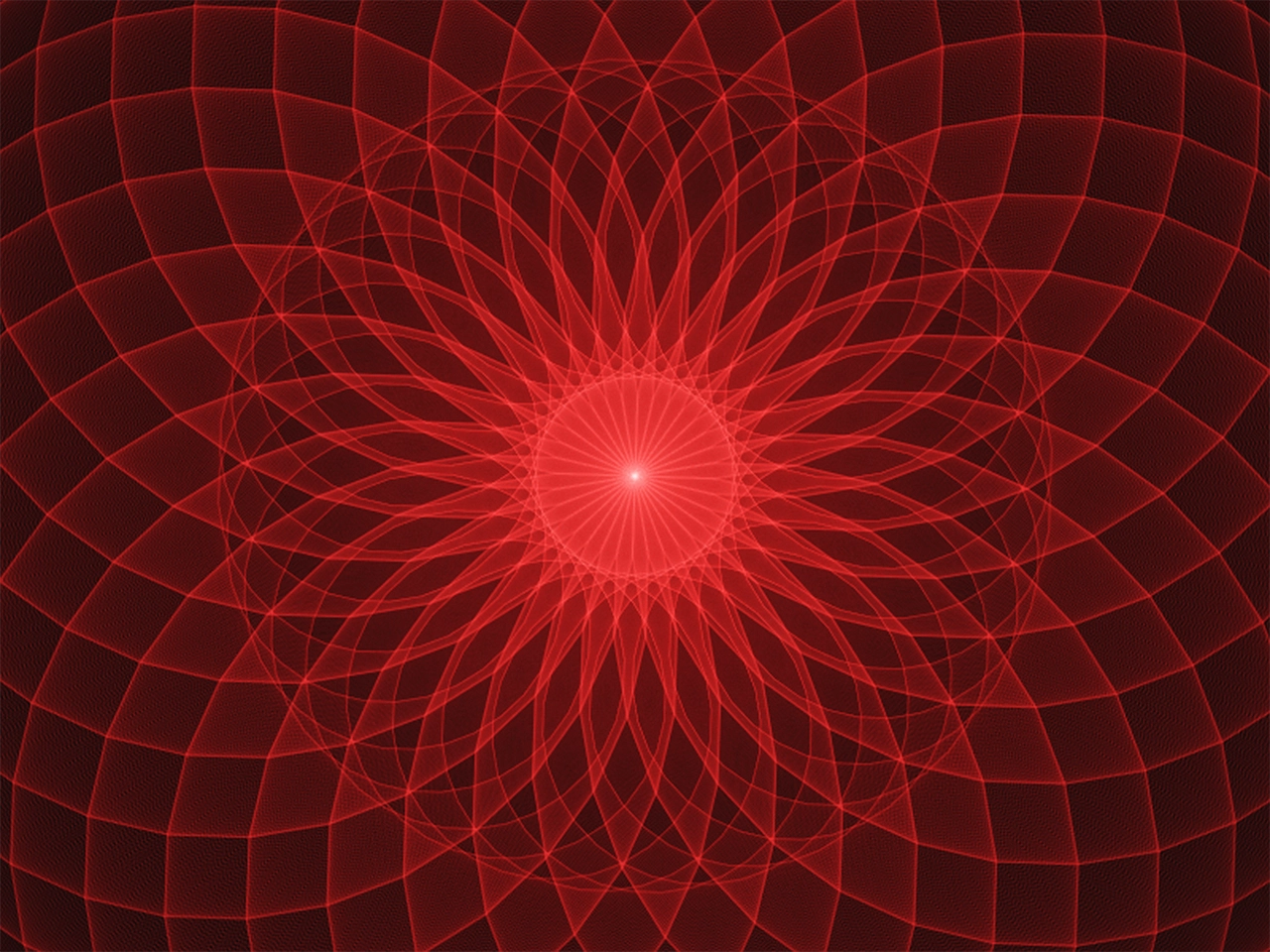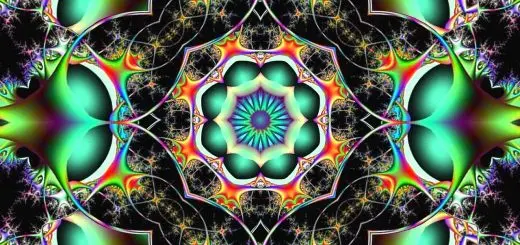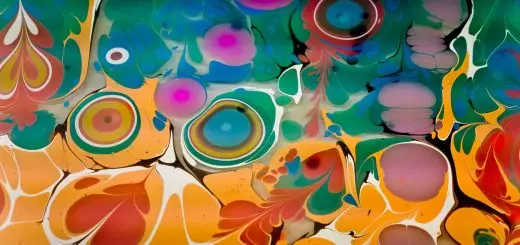The Raven in Norse Mythology: Odin’s Messenger

Looking for more amazing products? Check out our online store and explore our collection here! Happy shopping!
Before diving in, please note: This post is for informational purposes only. If you’d like to know more about how we approach topics, feel free to check out our friendly Disclaimer Page.
Hey there, amazing readers! 
We’re committed to delivering quality posts, and your support (even just sticking around despite the ads) means everything to us. So, bear with us, and thanks for helping us keep the good vibes rolling. Now, on to the fun stuff!
TRANSLATE BUTTON AT THE END OF THE ARTICLE
Introduction to Norse mythology
Norse mythology encompasses the beliefs and tales of the pre-Christian people of Scandinavia, including the Vikings.
This rich and complex mythology is filled with gods, goddesses, mythical creatures, and epic stories that offer insights into the worldview of the ancient Norse people.
One prominent figure in Norse mythology is Odin, the Allfather and chief deity of the Norse pantheon.
Odin is associated with wisdom, magic, poetry, and war, and he is often depicted as a wise and enigmatic figure accompanied by two ravens, Huginn and Muninn.
Odin, the Allfather in Norse mythology
Odin, also known as Wotan or Woden, is considered the most powerful and revered god in Norse mythology.
As the Allfather, Odin is the ruler of Asgard, the realm of the gods, and is responsible for guiding and protecting both gods and humans.
He is associated with many aspects of life, including wisdom, knowledge, poetry, and battle.
Odin is often depicted as a one-eyed, long-bearded figure wearing a wide-brimmed hat and wielding a spear named Gungnir.
He is a complex deity, known for his wisdom, cunning, and willingness to make great sacrifices for knowledge and power.
The significance of ravens in Norse culture
Ravens hold a special place in Norse culture and mythology, symbolizing wisdom, knowledge, and mystery.
In Norse belief, ravens were thought to be creatures of great intelligence and cunning, capable of traversing between the realms of the living and the dead.
They were often associated with Odin, the god of wisdom and poetry, who kept two ravens, Huginn and Muninn, as his constant companions.
Ravens were revered for their keen insight and ability to bring messages from distant lands, making them powerful symbols in Norse culture.
Huginn and Muninn: Odin’s ravens
Huginn and Muninn, whose names mean "thought" and "memory" respectively, are the two ravens that accompany Odin in Norse mythology.
These intelligent and mysterious birds are said to fly across the world each day, gathering information and news to bring back to Odin.
Huginn and Muninn are portrayed as loyal companions to Odin, serving as his eyes and ears in the world of gods and men.
The ravens are often depicted perched on Odin’s shoulders or flying above him, whispering secrets and knowledge into his ear.
Huginn and Muninn’s role as messengers
Huginn and Muninn play a crucial role as messengers for Odin, carrying important information and news between the realms of gods and humans.
The ravens are said to travel far and wide, observing and listening to everything they encounter on their journeys.
When they return to Odin, they share their findings with him, allowing the Allfather to stay informed about events in the world.
Huginn and Muninn’s abilities to communicate across great distances and realms make them invaluable assets to Odin, enhancing his knowledge and wisdom.
The symbolism of the raven in Norse beliefs
In Norse beliefs, the raven symbolizes many different qualities and concepts, including wisdom, knowledge, prophecy, and death.
Ravens were seen as creatures with a deep connection to the spirit world, able to navigate between the realms of the living and the dead.
Their dark feathers and mysterious behavior led the Norse people to associate them with magic and mystery, making them powerful symbols in both mythology and everyday life.
The raven’s ability to bring messages from distant lands also contributed to its reputation as a symbol of communication and insight.
The raven as a bringer of wisdom and knowledge
Ravens were highly respected in Norse culture for their association with wisdom and knowledge.
The Norse people believed that ravens possessed a deep understanding of the world and could offer valuable insight into the mysteries of life and death.
As messengers of the gods, ravens were seen as conduits for divine wisdom and guidance, bringing important messages and prophecies to those who were willing to listen.
The raven’s sharp intelligence and keen observation skills were admired by the Norse people, who saw these qualities as essential for navigating the complexities of the world.
Odin’s connection to the raven in mythology
Odin’s connection to the raven is central to his portrayal in Norse mythology.
As the god of wisdom and knowledge, Odin is often depicted alongside his two ravens, Huginn and Muninn, who embody the qualities of thought and memory.
The ravens are seen as extensions of Odin himself, reflecting his intelligence, curiosity, and thirst for knowledge.
Odin’s ability to communicate with the ravens and receive messages from afar underscores his role as a wise and all-seeing deity who seeks to understand the mysteries of the universe.
The raven serves as a symbol of Odin’s connection to the spirit world and his pursuit of greater wisdom.
Stories and myths featuring Odin’s ravens
Numerous stories and myths in Norse mythology feature Odin’s ravens, Huginn and Muninn, as central characters.
One well-known tale involves the ravens witnessing events in the world and reporting back to Odin with their findings.
Another story tells of how Odin sacrificed one of his eyes in exchange for wisdom and foresight, a sacrifice that deepened his connection to the ravens and enhanced his powers of perception.
In these myths, Huginn and Muninn serve as loyal companions to Odin, aiding him in his quest for knowledge and understanding.
Their presence in these stories highlights the importance of the ravens as messengers and symbols of wisdom in Norse culture.
Ravens in art and literature in Norse culture
Ravens have long been a popular motif in Norse art and literature, appearing in various forms as symbols of wisdom, magic, and mystery.
In Viking Age artwork, ravens are often depicted alongside Odin, emphasizing their connection to the Allfather and their role as messengers of the gods.
Ravens also appear in Norse sagas and poems, where they are celebrated for their intelligence and insight.
The raven’s presence in art and literature reflects the deep reverence and fascination that the Norse people had for these enigmatic birds, showcasing their importance in shaping the cultural and spiritual landscape of ancient Scandinavia.
Legacy of the raven in modern Norse-inspired works
The legacy of the raven in Norse mythology continues to inspire artists, writers, and creators in modern times.
The symbolism of the raven as a creature of wisdom, knowledge, and mystery resonates with audiences today, leading to its inclusion in various forms of media and popular culture.
From books and films to video games and fashion, the raven remains a powerful and enduring symbol of Norse mythology, captivating audiences with its mystical and enigmatic qualities.
The raven’s legacy in modern Norse-inspired works serves as a reminder of the enduring importance of these creatures in shaping the mythology and folklore of the ancient Norse people.
Conclusion: The enduring importance of the raven in Norse mythology
In conclusion, the raven holds a significant and enduring place in Norse mythology, particularly in its association with Odin, the Allfather.
Huginn and Muninn, Odin’s faithful ravens, symbolize wisdom, knowledge, and communication in Norse culture, serving as messengers and guides for the chief deity of the Norse pantheon.
The raven’s role as a bringer of wisdom and insight is reflected in its portrayal in art, literature, and modern media, where it continues to captivate audiences with its mystical and enigmatic qualities.
The legacy of the raven in Norse mythology serves as a reminder of the deep connection between humans, nature, and the divine, offering a glimpse into the ancient beliefs and values of the Norse people.
As we continue to explore and celebrate the myths and legends of Norse culture, the raven remains a powerful symbol of wisdom, magic, and mystery, enriching our understanding of the world and our place within it.

The Enlightenment Journey is a remarkable collection of writings authored by a distinguished group of experts in the fields of spirituality, new age, and esoteric knowledge.
This anthology features a diverse assembly of well-experienced authors who bring their profound insights and credible perspectives to the forefront.
Each contributor possesses a wealth of knowledge and wisdom, making them authorities in their respective domains.
Together, they offer readers a transformative journey into the realms of spiritual growth, self-discovery, and esoteric enlightenment.
The Enlightenment Journey is a testament to the collective expertise of these luminaries, providing readers with a rich tapestry of ideas and information to illuminate their spiritual path.
Our Diverse Expertise
While our primary focus is on spirituality and esotericism, we are equally passionate about exploring a wide range of other topics and niches 

To ensure we provide the most accurate and valuable insights, we collaborate with trusted experts in their respective domains 
Our blog originally focused on spirituality and metaphysics, but we’ve since expanded to cover a wide range of niches. Don’t worry—we continue to publish a lot of articles on spirituality! Frequently visit our blog to explore our diverse content and stay tuned for more insightful reads.
Hey there, amazing reader! 
Check out our store here and take a peek at some of our featured products below! Thanks for being awesome!











